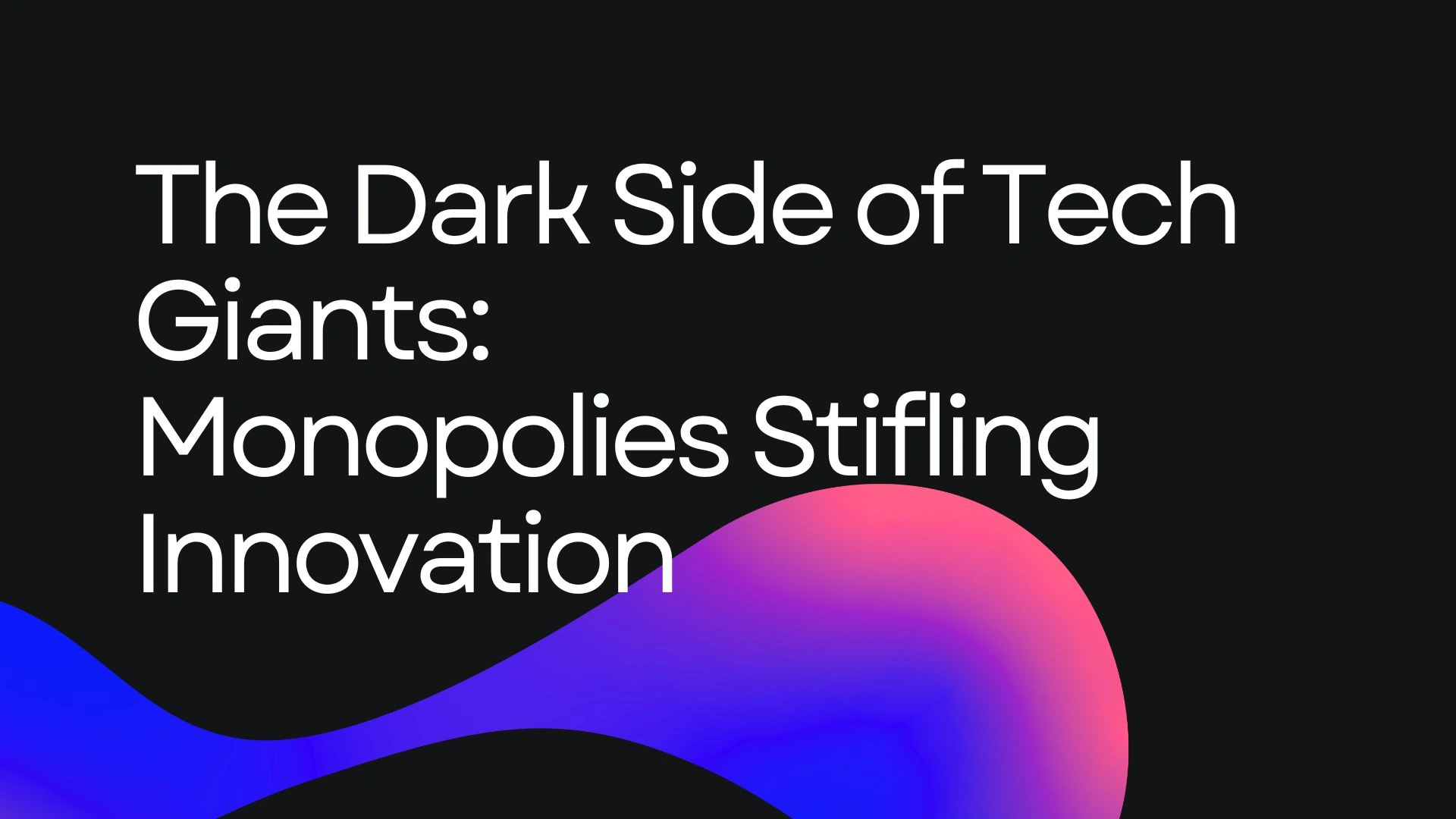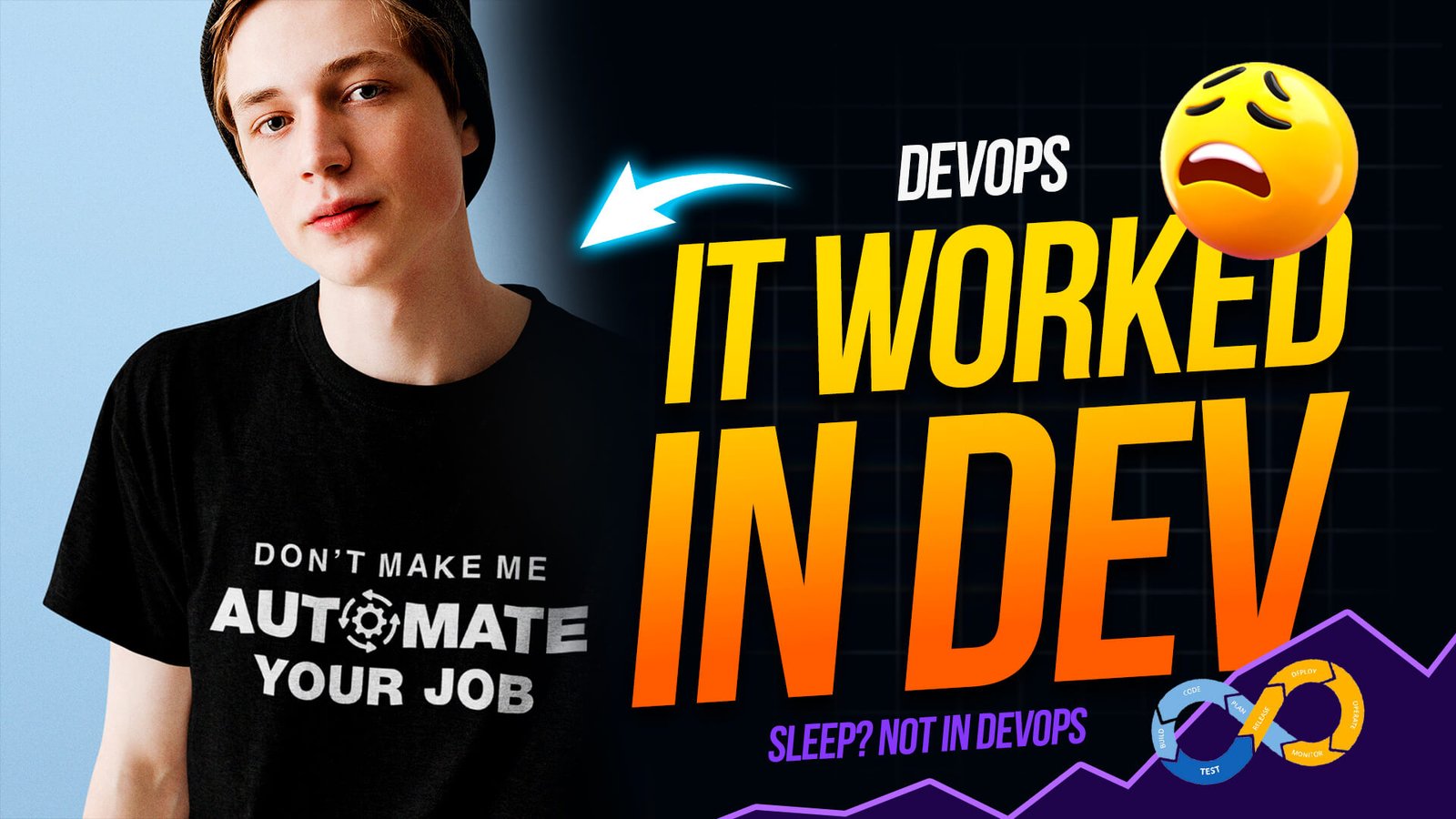The Dark Side of Tech Giants: How Monopolies Are Killing Innovation
Introduction – The Illusion of Progress
Tech giants dominate nearly every aspect of our digital lives. From Google handling most of our searches to Amazon controlling e-commerce, these companies shape how we work, shop, communicate, and entertain ourselves.
But here’s the big question: Are they really driving innovation, or are they just controlling it?
At first glance, big tech companies appear to be pushing the boundaries of innovation. They launch new products, acquire startups, and fund research. But when you look closer, you see a darker reality—one where monopolistic practices stifle competition, eliminate smaller players, and slow down real progress.
Understanding Tech Monopolies
What Defines a Monopoly?
A monopoly occurs when a single company dominates an industry, making it nearly impossible for competitors to survive. While some level of market dominance is natural in business, true monopolies create an unfair advantage, limiting consumer choice and innovation.
The Rise of Tech Giants
Companies like Google, Amazon, Apple, and Microsoft didn’t just get lucky—they built their dominance through strategic acquisitions, exclusive contracts, and aggressive business tactics.
- Google controls search, online ads, and even web browsers (Chrome).
- Amazon owns e-commerce, cloud services, and has its hands in everything from groceries to streaming.
- Apple controls an entire ecosystem, dictating what software can run on its devices.
- Microsoft survived its antitrust battles and now leads in cloud computing and enterprise software.
The Innovation Paradox – Growth vs. Suppression
Do Monopolies Drive Innovation or Kill It?
Monopolies claim that their market control allows them to invest in research and development. But the reality is they often kill innovation by eliminating competition.
Buying Out the Competition
One of the biggest monopolistic tactics? Acquiring potential threats before they become real competitors.
- Facebook bought Instagram and WhatsApp.
- Google acquired YouTube and Waze.
- Amazon purchased Twitch and Whole Foods.
These aren’t just business moves—they’re preventative strikes against rising competitors.
The Death of Small Innovators
If you’re a small startup with a groundbreaking idea, your choices are:
- Get acquired by a tech giant.
- Compete against their unlimited resources and likely get crushed.
Not exactly a fair fight.
Case Studies – How Big Tech Monopolies Hurt Innovation
Google’s Search Monopoly
Google’s search algorithms prioritize its own services over competitors. Want to find a flight? Google Flights shows up first. Looking for local businesses? Google Maps takes priority.
Apple’s Walled Garden
Apple locks users into its ecosystem, dictating what apps can be installed, how payments are processed, and even controlling hardware repairs. If developers want to reach iPhone users, they have to play by Apple’s strict rules—and pay high fees.
Amazon’s Retail Domination
Amazon undercuts third-party sellers on its own platform, using their sales data to create competing products. Small businesses relying on Amazon’s marketplace often get priced out of their own industry.
Microsoft’s History of Antitrust Battles
Microsoft was once the king of monopolies, forcing Internet Explorer onto users and shutting out competition. While it faced legal action, its business model still influences today’s tech giants.
How Monopolies Impact Consumers
Fewer Choices, Higher Prices
Without competition, companies have no reason to lower prices or improve services. You’re stuck with whatever they offer.
Privacy Erosion
Big tech thrives on data. The fewer competitors in the market, the less control users have over their personal information.
Can We Break the Monopoly Grip?
Government Regulations and Antitrust Laws
Governments have taken action in the past—but are current laws strong enough to handle modern tech giants?
The Role of Open-Source and Decentralization
Platforms like Linux, Mastodon, and alternative search engines (like DuckDuckGo) offer hope—but can they truly compete?
What Consumers Can Do
Small actions—**choosing independent platforms, supporting competition, and demanding better regulation—**can make a difference.
Conclusion – The Future of Innovation in a Monopolized World
Tech monopolies aren’t just a business issue—they’re a threat to progress. If real innovation is to thrive, there needs to be fair competition, stronger regulations, and better alternatives.
The future of technology shouldn’t be controlled by a handful of corporations. It should be driven by true creativity, competition, and consumer choice.
FAQs
What is the biggest threat of tech monopolies?
They eliminate competition, limit consumer choice, and slow down innovation.
Has any tech monopoly ever been broken up?
Yes, Microsoft faced major antitrust actions in the 1990s, but modern tech giants remain largely untouched.
Are tech giants actually harming consumers?
Yes, through higher prices, data control, and limited choices.
How can startups survive against tech monopolies?
By focusing on niche markets, building strong communities, and leveraging open-source technologies.
What can governments do to stop monopolistic practices?
They can enforce stronger antitrust laws, break up monopolies, and promote fair competition.
Tech monopolies, innovation in tech, big tech control, stifled competition, corporate dominance, tech industry regulation, antitrust cases, stifled innovation, antitrust issues, Silicon Valley dominance, corporate power



